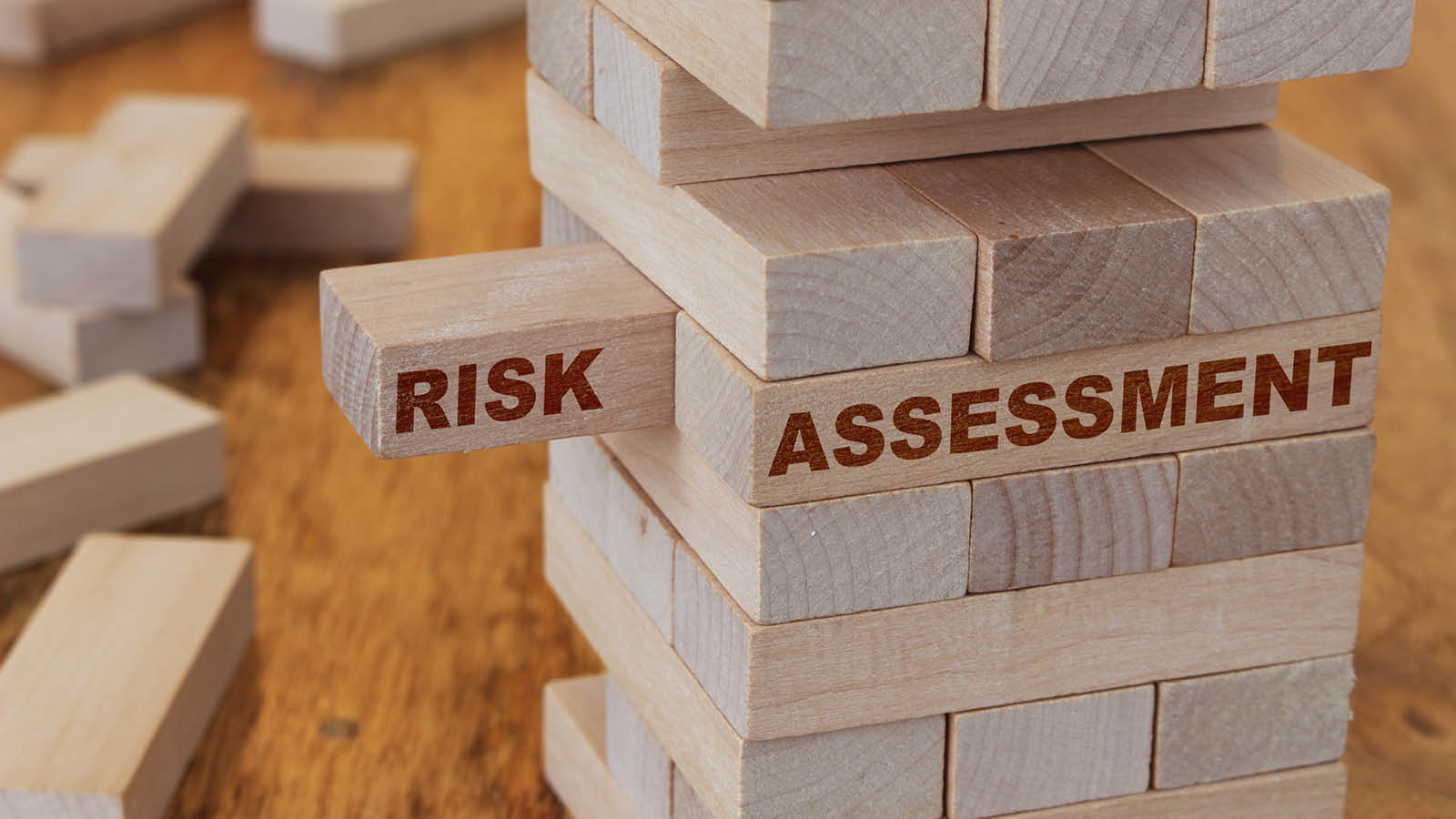Risk Registers
A risk register is used to assess any risks your project may face, and it’s a crucial component in project management because it helps managers fight potential setbacks proactively.
A risk register, or risk log is a risk management tool that’s used to identify potential risks that could affect the execution of a project plan. While the risk register is mostly used during the execution of the project, it should be created during the project planning phase. It’s never too early to start thinking about risk analysis in your project and having a project risk register on hand and ready is essential in managing risk.
A risk register is the first step in project risk management, and it’s an important part of any risk management framework. It helps project managers list risks, their priority level, mitigation strategies and the risk owner so everybody on the project team knows how to respond to project risk.
Project management software can help you track risk better than a static spreadsheet. With Project Manager you can make an online risk register where you can identify risks, calculate their impact and manage them with your team. With our Risk view, you can make a risk list and stay on top of all the risks within your project. Write a description, add tags, identify a resolution, mark impact and likelihood, even see a risk matrix—all in one place.
Risk Assessment
A risk assessment is a process that organizations use to identify potential hazards within the workplace and analyze the risk that they pose. Organizations also use risk assessment processes to identify potential solutions to reduce risks or plans of action in the event of a hazard or danger.
The main purpose of risk assessments is:
- To identify health and safety hazards and evaluate the risks presented within the workplace;
- To evaluate the effectiveness and suitability of existing control measures.
Building and maintaining a risk register is integral to the risk management process — and like many other elements of risk management, it works best when done continuously. Risk registers can help your business identify, analyze, prioritize, and mitigate risks before they manifest into real challenges for the organization.
Every risk register template should include the following:
- Risk Identification;
- Risk Description;
- Risk Category;
- Risk Probability;
- Risk Analysis;
- Risk Mitigation;
- Risk Priority;
- Risk Owner;
- Risk Status


